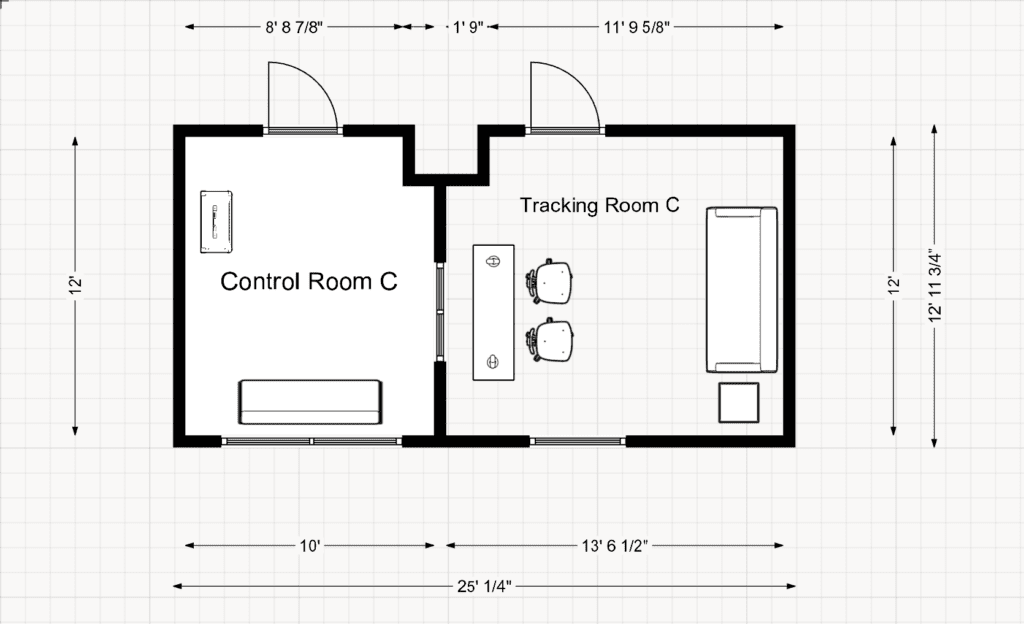The Music Company hosted a songwriting workshop last weekend and what a fantastic session it turned out to be! With Patricio “Pat” Pickslay, president of Pacific Records, as our host, we took a deep dive into the analysis of one of pop music’s most iconic songs—ABBA’s Dancing Queen. This classic track has been a global favorite for decades, and it was the perfect subject for exploring the core elements of songwriting.
Breaking Down the Core: Harmony, Rhythm, Melody, Lyrics, and Intangible Elements

Patricio, guitar in hand, walked us through the five core elements that make a song truly stand out:
- Harmony
ABBA’s use of harmony in Dancing Queen is a blend of simplicity and sophistication. An otherwise simple pop chord progression, there is an interesting chord at the end of the chorus that music lovers around the world have debated for years. The B/D# is not in the key of A. Is the song modulating and moving away from the key? Or did the songwriters just think it sounded good? What do you think? - Rhythm
It’s what makes you want to get up and dance! We explored how the syncopated beats and consistent groove form the backbone of the song, providing that irresistible disco vibe that defined an era. - Melody
The melody is both catchy and sophisticated. We emphasized how a strong melody is often the most memorable part of a song, and Dancing Queen is a perfect example of that. It’s the reason we find ourselves humming along even decades later. - Lyrics
The lyrics of Dancing Queen capture a moment of youth and freedom, a perfect match for its vibrant musical landscape. ABBA’s straightforward yet evocative storytelling makes the listener feel like they are right there on the dance floor, lost in the music. We noted that this is quite simply, music about music! - Intangibles: Style and Feel
Beyond the technical aspects, Patricio pointed out the intangible qualities of the song—its style and overall feel. Dancing Queen is timeless because it captures the spirit of the ’70s disco era while remaining accessible and relatable across generations..
More techniques for our own songwriting:
- Use secondary dominants!
- Colorful adjectives.
- Metaphor/Simile.
- Break it up with rhythmic diversity.
- When you’re at a roadblock, return to any other core element.
Stay tuned for more upcoming workshops and events! If you’re passionate about songwriting or just love diving into the intricacies of music, these sessions are a fantastic opportunity to learn and grow.
Join Us at TMC
If you missed this workshop, don’t worry – there are plenty more to come. At TMC, we’re all about helping musicians grow and thrive. Keep an eye on our website and social media for info on upcoming events. Whether you’re just starting out or you’ve been making music for years, there’s always something new to learn and explore.



